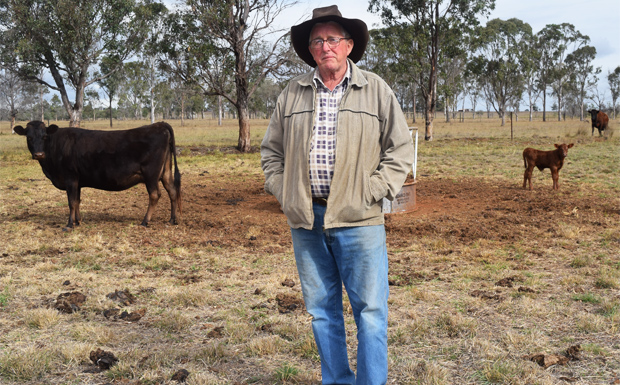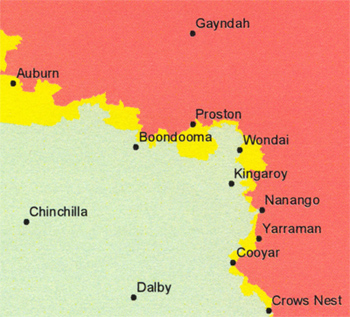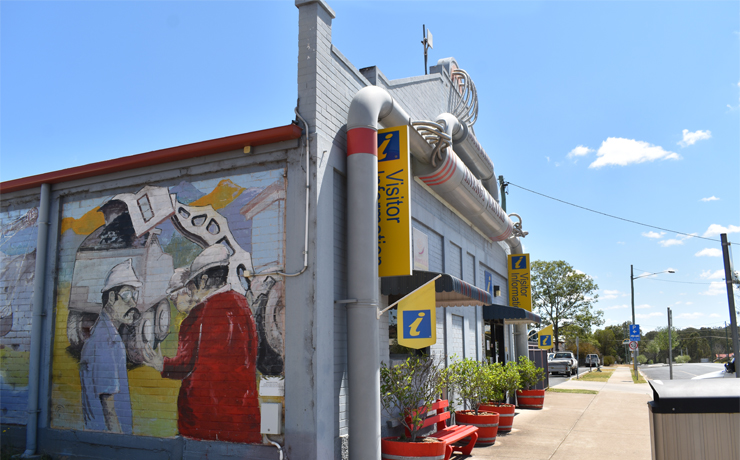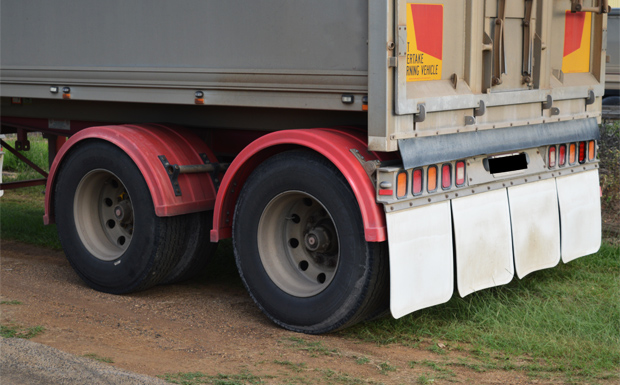

(Source: DAFF)
September 24, 2014
The $2 million State Government funding to develop a Kilkivan to Kingaroy rail trail has left some cattle producers in the South Burnett fuming.
The trail, which follows the former railway line, has been touted as a potential tourism bonanza for the region but the people southburnett.com.au has spoken to over the past two weeks believe it will cost them real dollars, and not bring them one cent of benefit.
The rail trail tracks across the “tick line”, a State Government-defined boundary that separates cattle “tick-free” country in western and southern Queensland from the “ticky” northern and eastern parts of the State.
There are laws that control the movement of cattle and horses backwards and forwards across this line which aim to stop ticks from hitching a ride into tick-free country.
The cost, in both dollars and inconvenience, for producers in “clean” country who are detected with just one tick in their herd can be very heavy (see below).
Cattle producers in tick-free areas around Memerambi and Tingoora already have serious concerns about the current enforcement of regulations designed to protect the status of their areas.
They say the former Labor State Government gutted the system which had supported producers with cattle inspections, dips and spraying. And they are very angry that the LNP State Government have not restored this support.
Publicity about the potential introduction of horses down the trail, with a possibility they could transfer ticks to their herds, has been simply the last straw.
South Burnett Mayor Wayne Kratzmann has stated publically – and repeated again to southburnett.com.au on Tuesday – that no horses will be allowed on the trail south of Barambah Creek at Murgon.
But, put simply, the cattle producers we spoke to don’t believe him.
They believe the South Burnett Regional Council will not be able to enforce a ban on ponies and horses along the trail. And they believe they will pay the price out of their own pockets …
* * *
|
The publicity about the rail trail has rubbed salt into some old wounds in the South Burnett.
Former Manager of Rural Services at Kingaroy Shire Council, Garry Rackemann, is a cattle producer on the Memerambi-Gordonbrook Road and also a keen campdraft competitor.
The status of his 131 acre property is usually “tick-free”, which means he can sell his cattle at the Dalby, Coolabunia or Murgon saleyards without spraying; he also has complete freedom of movement with his campdraft horses.
However after just one tick was detected on the flank of one his cattle earlier this year – an incident which he linked to the introduction of a jersey cow on another property – he has lost his tick-free status.
“When I was clean, I could go to any campdraft that I liked. If I went into ticky country, I just had to spray them when I got home,” he said.
He could also sell his cattle at Dalby. Now, if he wants to do that, he must first take them to Coolabunia to be dipped – and he says he’ll probably get less for them, as they won’t present as well in the saleyard.
Garry is in the middle of a program to regain his tick-free status. He has already been inspected once and found to be clean, but must pass another inspection in April next year before he can be declared tick-free.
By that time he will have applied a total of 18 applications of two different types of acaricides (ie tick-killing chemicals) at a cost of more than $3000 to his cattle. On top of this, is the cost of treatment to his horses.
And then there are the withholding periods for the chemicals. Garry can’t capitalise quickly on market price fluctuations because his cattle cannot go to sale within set periods of being treated.
And there could also be another potential loss upon sale. He believes processors downgrade cattle from ticky country.
All this because of just one tick … no wonder the producers are worried about a rogue pony on the rail trail.
* * *
Imagine this … you’re driving down a country road and you spot three cattle in the middle of the road. What would you do?
A few years ago at Memerambi, a “good samaritan” decided to herd those three beasts into the nearest paddock.
Unfortunately, the cattle didn’t belong to that producer. And they were tick-infested.
That simple act of “kindness” cost the owner of that paddock thousands of dollars to regain his tick-free status.
But it also affected his neighbours, who were now considered “one off” an infected property. They also had to take special precautions with their stock which were put under movement restrictions for at least 12 months.
The fact that the ticky cattle were even in the area in the first place points to a breakdown in the system, Garry believes.
He also believes the system failed because the innocent producer and his neighbours had to carry the cost.
Garry said that in the past if there was an outbreak of ticks in clean country, producers would get free acaricide as well as free advice and support from stock inspectors.
“Governments have withdrawn a lot of money out of maintaining the tick line. They have put it back on producers to do it themselves,” he said.
“We need the government to reintroduce the same laws we had in relation to stock movements in the 1970s.
“The stock inspectors would take over. They are the ‘policemen’ who maintained the tick line.”
Related articles
























Rail trail concerns raised in NSW Parliament
Landholders in particular have been vocal in their opposition to rail trails on the grounds of disruption to farm management in the movement and watering of stock, danger of diseases being introduced, trespassing by unwanted visitors on private land and providing thieves with easy access, liability insurance, fire risk in extreme weather, accessibility for emergency services and even toileting arrangements for proposed visitors.
http://parliament.nsw.gov.au/Prod/parlment/hansart.nsf/V3Key/LC20140916052?open&refNavID=HA8_1